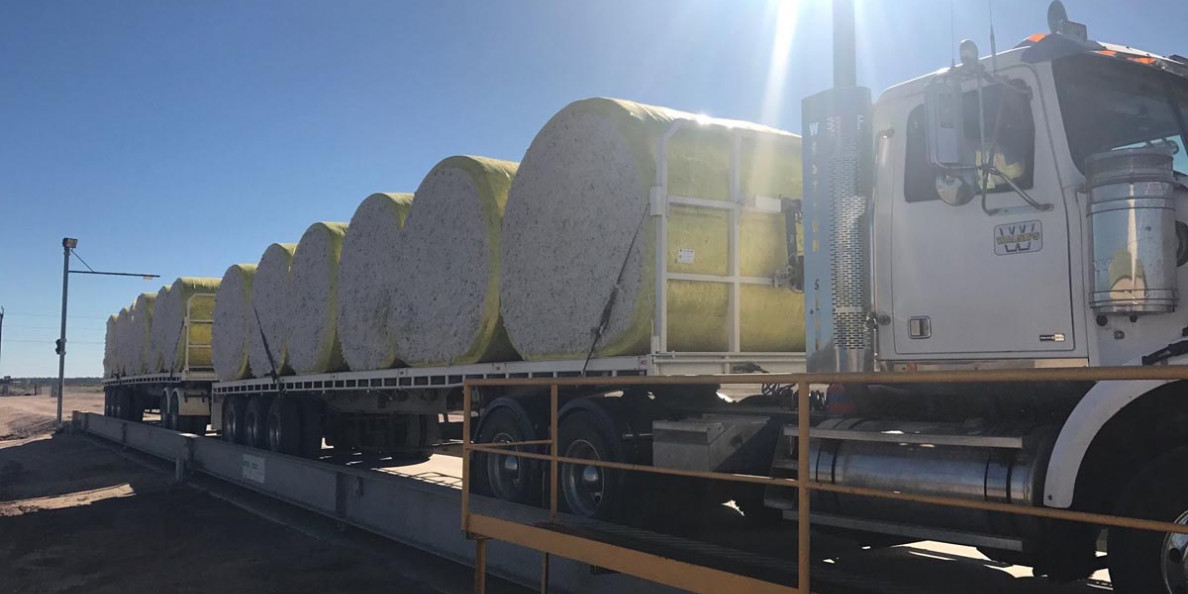International asking rates moved within a fairly narrow range during March. The Cotlook 2017/18 A Index began the period at 92.40 US cents per lb, before a rally in New York propelled the Index to 94.60 cents per lb early in the month, its highest point of the season so far. On the last day of March, fluctuations on the ICE futures market saw the A Index slip below 90 cents per lb, a threshold which was passed as prices rose in mid-February. As measured by the Index, prices of late have been substantially higher than their longer-term average.

March 16 saw the introduction of the Forward (2018/19) Cotlook A Index, reflecting cotton for shipment no earlier than October/November. The initial value, at 89.25 cents per lb, represented a discount of 360 cent points in relation to the Current Index on that date, but was some five cents higher than the initial 2017/18 Index value established about a year earlier. By late March, the two indices had converged, a reflection of the narrowing ‘spread’ between the July and December contracts in New York. By the end of the period, the discrepancy between seasons stood at just 180 cent points.
Business activity was limited during most of the month, owing to spinners’ general unwillingness to meet firm raw cotton replacement costs. Mills in some major consuming markets have covered their principal requirements until at least until the end of the second quarter. Mill buying has therefore shifted further forward and reverted to a more routine pattern, with many enquiries directed towards delivery in the second half of 2018.
The strong pace of US export sales commitments was sustained during March. Buying interest has continued to be boosted by the proliferation of low Micronaire lint, which has remained attractive on price considerations. By the week ended March 29, cumulative US export sales registrations were already almost 1.2 million bales above USDA’s forecast for the season, of 14.8 million statistical bales of 480 lbs, which itself would be the third highest seasonal total on record. The pace of shipments accelerated during the month, but the total volume continued to lag, and by the same date accounted for just 54 percent of cotton sold.

Forward US sales commitments (for shipment in 2018/19) have also been strong. The upland total by late March stood at more than 2.8 million running bales, the largest total recorded at that stage since the exceptional 2010/11 season.
The major development in China during March was the advent of this year’s State Reserve auction series, which began on March 12. Buyer participation in the first few weeks of the series has been somewhat less active than in either of the two previous years. The initial, fairly subdued response has been attributed to an ample supply position on the local market. Nonetheless, by the end of March, cumulative sales were just shy of 280,000 tonnes, representing about 62 percent of the volume on offer. Were such a ratio to be maintained, sales by the end of August (the scheduled conclusion of this year’s auction series) would be comfortably above two million tonnes, suggesting that stocks in government control would have dwindled towards the three million tonne mark. The international trade’s perception is thus that the point at which a significant relaxation of import policy will come under consideration is moving steadily closer.

As the 2017/18 season approaches its later stages, the production outlook for 2018/19 is moving into sharper focus. Cotton Outlook’s tentative new crop forecasts at the end of March placed world production at just over 26.3 million tonnes, some 570,000 tonnes below next season’s anticipated world consumption. At present, the principal source of uncertainty on the production front concerns the outlook in the United States. Although the Department of Agriculture’s March Prospective Plantings report indicated a rise in cotton area of about seven percent, the chronic drought that persists in the key West Texas producing region casts doubt upon the eventual size of the crop. Time remains for rainfall to transform the situation, but as things stands, the likelihood is that abandonment will be higher and yields lower than in the past couple of seasons.
Source: cotlook.com